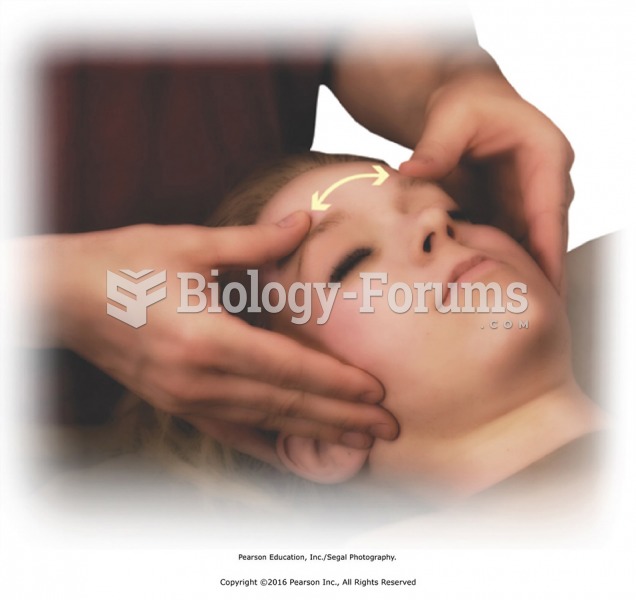|
|
|
Glaucoma is a leading cause of blindness. As of yet, there is no cure. Everyone is at risk, and there may be no warning signs. It is six to eight times more common in African Americans than in whites. The best and most effective way to detect glaucoma is to receive a dilated eye examination.
The term pharmacology is derived from the Greek words pharmakon("claim, medicine, poison, or remedy") and logos ("study").
Approximately one in four people diagnosed with diabetes will develop foot problems. Of these, about one-third will require lower extremity amputation.
Prostaglandins were first isolated from human semen in Sweden in the 1930s. They were so named because the researcher thought that they came from the prostate gland. In fact, prostaglandins exist and are synthesized in almost every cell of the body.
According to the FDA, adverse drug events harmed or killed approximately 1,200,000 people in the United States in the year 2015.
 Apply skin rolling by lifting the skin and crawling your fingers along the skin while the thumbs ...
Apply skin rolling by lifting the skin and crawling your fingers along the skin while the thumbs ...
 Apply effleurage to forehead with thumbs. Stroke from middle of forehead to the temples. Begin just ...
Apply effleurage to forehead with thumbs. Stroke from middle of forehead to the temples. Begin just ...





